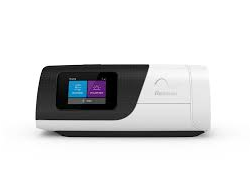Sleep Central | SleepWELL
Sleep Central | SleepWELL

Welcome to Sleep Central!
Congratulations on taking control of your health and your sleep! Getting your PAP therapy machine is an exciting milestone. The overwhelming majority of PAP device patients have more energy, increased alertness, and reduced secondary health issues from sleep apnea when they are compliant with therapy.
Our Sleep Central team will help track your sleep therapy compliance and perform friendly follow-up as needed.
This page contains resources you’ll find helpful as you get started with your sleep therapy journey. Need additional assistance? Our Sleep Coaches are easy to reach via phone at 1-877-495-3351 or online chat right on this page!
Equipment Information
Resmed Airsense 10
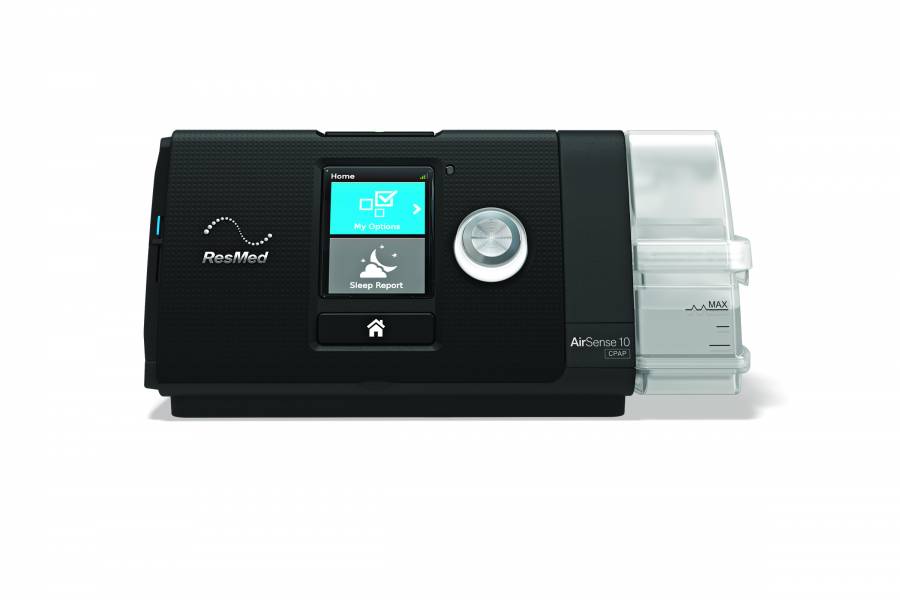
- How to Set Up & Use Your Airsense 10
- Airsense 10 (Subtitulos en Español)
- Airsense 10 Quick Start Guide
- Airsense 10 User Guide (English | Français | Español | Portuguêse)
- Improve your PAP Sleep Therapy with MyAir App
React Medical Luna II
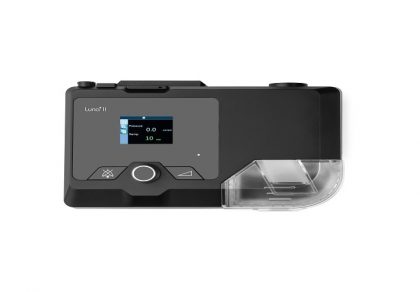
React Medical Luna G3
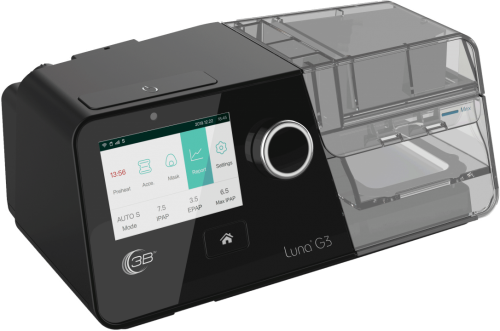
- WiFi Setup Instructions
- Luna G3 Quick Start Guide
- Unboxing your Luna G3
- Your Luna G3 Operations
- Patient's Guide to Downloading the 3B Luna QR App
- Empezando Con La Serie Luna G3 (Español)
- Guia Del Paciente para Descargar la App de 3B Luna QR
- Luna G3 APAP Manual del Usuario (Español)
- Luna G3 BPAP 25A Manual del Usuario (Español)
Resvent iBreeze
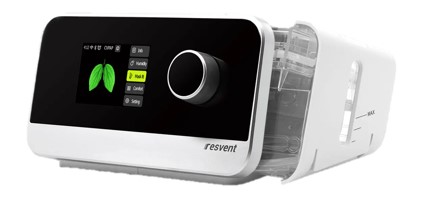
Mask Information
Mask parts and the corresponding instructions are included in your device shipment. If you have questions about your particular mask, do not hesitate to reach out to us!
Fisher & Paykel
cleaning and maintenance
Taking proper care of your CPAP/BiPAP mask and accessories is crucial for successful sleep therapy. This printable provides easy-to-follow instructions and tips for cleaning and disinfection.
cpap supply replacement
Even with regular cleaning and disinfection cushions, masks, tubing, and humidifier chambers should be replaced regularly to prevent bacteria build up. Mask cushions and pillows deteriorate and become less pliable with use, but regular replacement will provide a leak-free mask fit and decrease over-tightening of the headgear.
Medicare and most insurance plans cover timely replacement of your CPAP or BiPAP supplies. Sleep Central will verify that you are ready for new supplies according to your insurer’s guidelines. Typical replacement guidelines recommend:
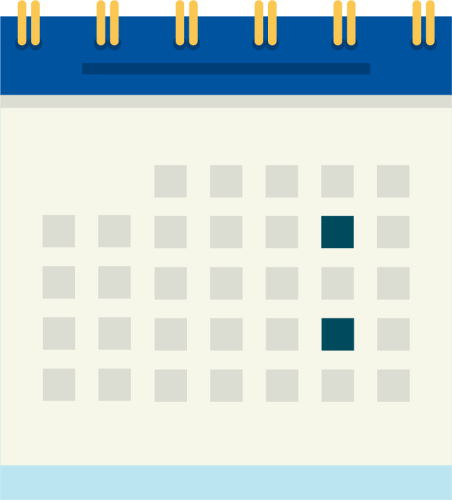
Every two weeks
Every Two Weeks
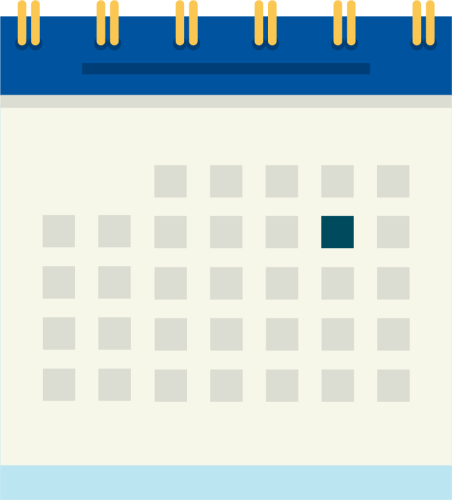
every month
every month

Every three months
Every three months
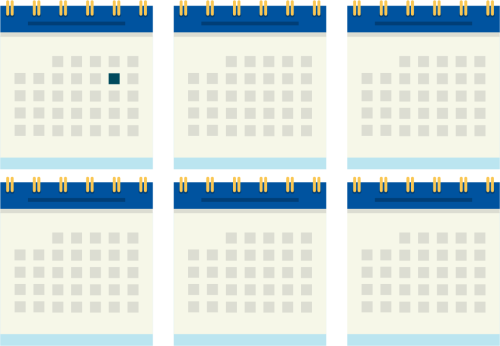
every six months
every six months
Printable resupply schedule (calendario imprimible)
frequently asked questions
Continuous Positive Airway Pressure or CPAP therapy works by creating positive air pressure within the back of the throat preventing airway collapse and apnea. This positive pressure pushes out on the walls of the throat, creating an “air splint” within the airway in much the same way that air pressure within a balloon pushes out on the walls of the balloon preventing it from collapsing.
Positive pressure is delivered by the CPAP machine to the airway by a mask that is worn over the nose (called a nasal mask) or over the nose and mouth (called a full face mask).
Bi-level Positive Airway Pressure delivers two different pressures to the airway. One during inspiration, and a lower pressure during exhalation. Some patients find this to be more comfortable than a single continuous pressure.
Most patients are able to use PAP therapy without significant problems after a period of acclimating to the mask and pressure. Don’t be surprised if it takes a little time to get used to! Other problems can be soreness around the nose and mouth, irritation to the eyes, problems tolerating the pressure, claustrophobia, dry nose or mouth, difficulty sleeping, or nasal congestion. If any of these occur, contact us. We’re here to help!
Medicare and most insurance plans cover regular replacement of your CPAP supplies, and Sleep Central makes it easy for you to get your new supplies when you need them!
Our resupply schedule gives you general guidelines for when you’ll need to replace parts like your mask, headgear, hose, filters, and water chamber. Your insurance plan may have different guidelines you need to follow to ensure your mask and accessories are covered; be sure to check with them if you have questions.
At Sleep Central, we make it easy to order new PAP therapy supplies! If your insurance allows, our most convenient method is automatic supply replacement through our SleepWELL™ VIP Supply Replacement Program.
If automatic resupply doesn’t work for you (or your insurer), you can order online through Rotech’s patient portal, through easy online chat, or over the phone at (800) 288-1853.
We can also contact you! Sleep Central will work with your insurance plan’s rules and contact you through our automated system when it’s time to replace your supplies.
Generally, used CPAP supplies are not accepted for curbside recycling.
Contact your local recycling center or company to see if they can accept used equipment. Some municipalities have “Hard to Recycle” collection days to provide responsible and convenient disposal for items ineligible for curbside recycling.
Even the best filtered water can still contain minerals — and minerals can cause hard-to-clean build-up in your water chamber.
You should be using your CPAP every time you sleep, whether that’s in your bed, a hotel room, or out in nature! TSA is very familiar with PAP devices which are considered medical devices under the Americans with Disabilities Act. You can bring your device with you as a carry-on item.
If you’re spending a night in a tent or somewhere power may not be available, many external batteries are available to help power your PAP device overnight. Check out ShopRotech for travel CPAPs and CPAP accessories that may be helpful.
Everything you need to get started is right there in your shipment!
If you’re interested in optional accessories like CPAP Pillows, hose wraps, or mask and accessory cleaning products, please check out SHOPRotech.com for a full selection.
common cpap issues
If you’re experiencing dryness in your nose or throat when using a CPAP machine, you’re not alone. This is a common complaint among CPAP users. Make sure you’re using a heated humidifier with your CPAP machine. A heated humidifier adds moisture to the air you breathe, which can help alleviate dryness in the nose and throat. Make sure to keep the heated humidifier clean and replace the water daily to prevent the growth of bacteria. You can also try using a nasal saline spray or gel to help keep your nasal passages moist.
A runny nose can be a sign of a cold or allergy, but air pressure from your CPAP machine can also be the cause. One solution to this problem is to use a heated humidifier, which can help prevent nasal dryness and irritation. You may also want to try using a nasal mask that fits more securely to help reduce the amount of air escaping through the nose.
If you’re experiencing dryness or soreness in your eyes while using a CPAP machine, it could be a sign that your mask is leaking air around your eyes. Try adjusting your mask or switching to a different mask that fits more securely. If your eyes are still dry, you may want to consider using artificial tears to help keep your eyes moist.
If you’re experiencing redness or irritation on your face where the mask touches your skin, it could be a sign that the mask is too tight or not fitting properly. Try adjusting the straps to see if you can get a more comfortable fit. You may also want to try using a different type of mask, such as a nasal pillow mask, which may be less likely to cause irritation.
A leaking mask can be a frustrating problem when using a CPAP machine. To fix this issue, try adjusting your mask to make sure it’s fitting securely. If the problem persists, you may need to try a different type of mask or replace your mask’s cushion or seal.
We can also contact you! Sleep Central will work with your insurance plan’s rules and contact you through our automated system when it’s time to replace your supplies.
If your insurance plan allows for automatic supply replacement, you can opt into our most convenient method: Our SleepWELL™ VIP Supply Replacement Program. Enrolling is easy; just ask!
Bloating and gas can be a common side effect of using a CPAP machine. This is because the air pressure from the machine can cause air to be swallowed, which can lead to bloating and gas. To help reduce these symptoms, try using a heated humidifier with your CPAP machine. You may also want to try adjusting your sleeping position or using a wedge pillow to help elevate your upper body.
Nasal, sinus, or ear pain can be caused by the air pressure from a CPAP machine. To alleviate this pain, try using a heated humidifier to add moisture to the air. You can also try using a nasal saline spray or gel to help keep your nasal passages moist. If the pain persists, you should talk to your healthcare provider.
Water or condensation inside your nose, mask, or tubing can be caused by using a humidifier with your CPAP machine. To reduce the amount of condensation, try lowering the humidifier’s settings or using a heated tubing system. You can also try using a tubing wrap to help keep the air warm.
If you’re having trouble falling asleep with your CPAP machine, you’re not alone. One solution to this problem is to try using a ramp feature on your machine. This feature gradually increases the air pressure over a period of time, which can help you get used to the sensation of using the machine. You can also try using relaxation techniques, such as deep breathing or meditation, to help calm your mind and body before bed.
Feeling like you’re not getting enough air when using a CPAP machine can be a sign that the machine is not set to the correct pressure. You should talk to your healthcare provider to make sure the machine is set correctly.
Feeling like you’re getting too much air and it’s choking you can be a sign that the air pressure on your machine is set too high. You should talk to your healthcare provider to make sure the machine is set correctly. You may also want to try using a mask with a lower air pressure or using a ramp feature on your machine to gradually increase the air pressure over a period of time.
If you’re finding your CPAP mask uncomfortable, there are a few things you can try to make it more comfortable. First, make sure the mask is the right size for your face. You may need to try different sizes or styles to find the one that fits best. You can also try adjusting the straps to make sure the mask is fitting snugly but not too tight.
If you have a beard, getting a good mask seal can be a challenge. One solution to this problem is to use a nasal pillow mask, which can provide a seal around the nostrils rather than the whole face. You can also try using a mask that has a gel or silicone seal, which can conform to the shape of your beard. It’s also important to make sure your beard is clean and well-groomed to help prevent air leaks.
If you’re finding that you’re getting tangled in your CPAP hose while you sleep, there are a few things you can try to help alleviate this issue. One solution is to use a hose holder or clip to keep the hose in place while you sleep. You can also try placing the hose behind your pillow or headboard to keep it out of the way. Another option is to use a shorter hose or a hose cover, which can help reduce the likelihood of tangling.
If you keep taking your CPAP mask off while you sleep, it could be a sign that the mask is uncomfortable or not fitting correctly. You may need to try different sizes or styles of masks to find the one that works best for you. If you continue to have trouble keeping the mask on, talk to your healthcare provider, as they may be able to suggest additional solutions.
Most modern CPAP machines are whisper-quiet, but they’re not entirely silent. If your CPAP machine is too loud and preventing you from sleeping, here are a few things you can try to help reduce the noise. First, place the machine on a stable surface and ensure it isn’t vibrating against anything. A towel or foam pad underneath can help dampen vibrations. Second, check your filters. If they’re clogged or need replacement, your CPAP may have to work harder to cycle air effectively.
Always talk to your dentist or oral surgeon to find out what they recommend for your specific procedure. Recommendations may vary depending on the procedure you’re having and what kind of mask you use.
The best way to keep your skin break out-free is to make sure both your skin and your mask are squeaky clean every night before you go to sleep. Clean your mask as instructed with gentle soap and water. If you use serums and emollient moisturizers at night, these can sometimes degrade the mask cushions or make it tough for a mask to get a good seal.


